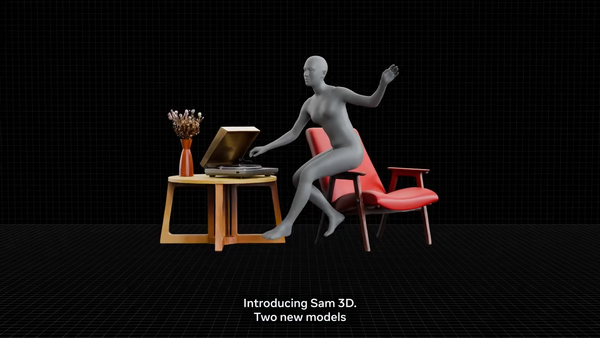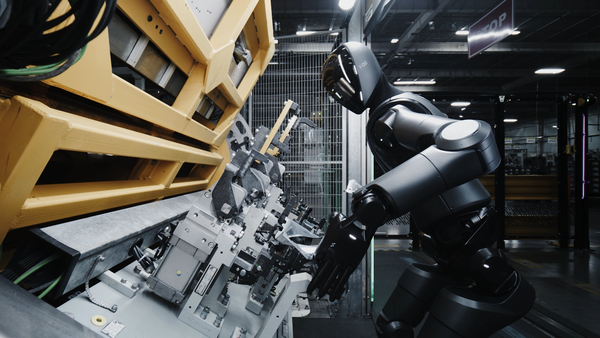USC Engineers Develop System to Simulate Physical Contact in VR

- Researchers at USC Viterbi developed gloves and sleeves with vibration motors that let users feel physical gestures in VR.
- A study found users reported more realistic and emotionally engaging experiences when tactile feedback was included.
Scientists at the USC Viterbi School of Engineering have built a wearable haptic system that allows people to feel gestures like handshakes, squeezes, and pats while interacting in virtual reality. The system uses gloves and armbands equipped with small vibration motors that simulate touch through pressure and motion.
Up to 16 users can be in the same virtual space, represented by full-body 3D avatars that mirror real-world movement. Unlike traditional screen-based calls, the system enables users to move freely, interact with virtual objects, and exchange gestures with physical feedback.
A study presented at the IEEE World Haptics Conference showed that participants felt more connected and engaged when using the system. The research, led by Heather Culbertson and Premankur Banerjee, explores how tactile feedback can make virtual communication feel more like in-person interaction.
“Even though people are spending just as much, if not more, time socializing online, we’re seeing rising levels of depression, anxiety and what’s often described as ‘touch starvation,’” said Heather Culbertson, associate professor of computer science and biomedical engineering at USC Viterbi, on USC Today. “People will continue interacting virtually — it’s part of modern life. But how can we make online interactions better reflect the social benefits that come from real-world experiences?”
🌀 Tom’s Take:
VR has often been described as isolating or lonely. Bringing others into a shared virtual space is just one step. USC researchers show that to truly feel present with other people in shared VR spaces, we need to mimic more of the real world, including the ability to touch.
Source: USC Today






